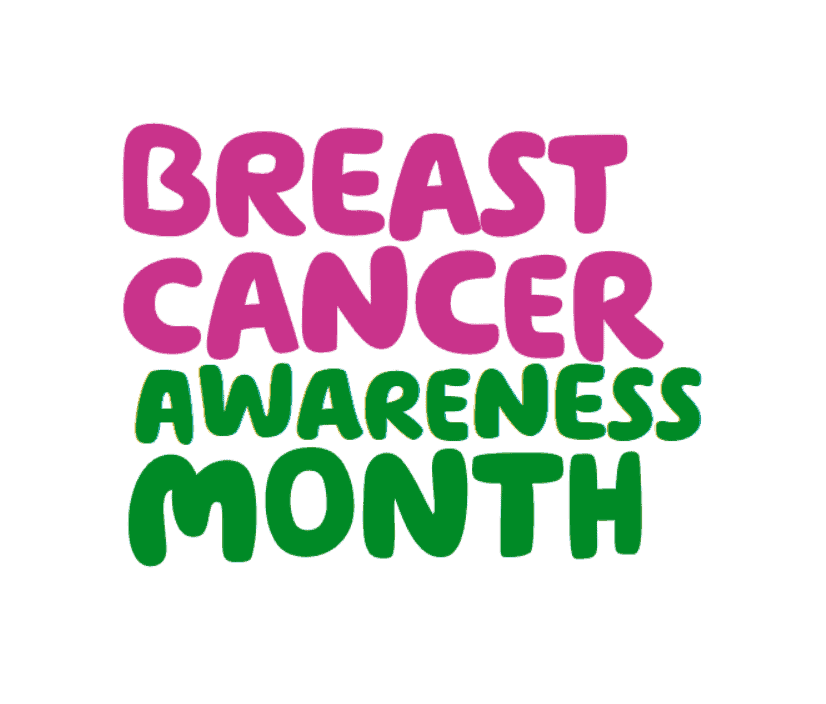
Beckie, 26, attended her very first cervical screening appointment in August 2020, during the COVID-19 pandemic. Here, Beckie shares her experience of visiting her GP practice with the new measures in place, what’s happened since then, and explains why it’s so important to attend an appointment if you’re invited.
Cervical cancer often has no early symptoms, which makes it difficult to spot when treatment can be most effective. Because of this, the best way to prevent and treat cervical cancer is by attending a cervical screening appointment when invited.
The appointment
When I received my invitation, my first port of call was Jo’s Trust; a cervical cancer charity aiming to provide useful and accurate information on cervical cancer to women and people with a cervix. In the UK, we are invited for a cervical screening appointment (you may have also heard of it being called a smear test) from the ages 25 to 64. Most people receive their first invite up to six months before their 25th birthday, which is exactly when one dropped through my letterbox, too.
When I attended my first appointment, a lot of NHS services have been put on hold or changed because of the COVID-19 pandemic, so my experience was a little different to what others may have had in the past. Cervical screening appointments were safely going ahead, however, so on the 11th August, I jumped in the car and headed to Hessle Grange Medical Practice for my very first appointment.
When I arrived, I was met by signs asking patients to put on their face covering, as well as a hand sanitiser station for me to use. There were clear markings on the floor to show you where to stand to maintain social distancing, and the reception was guarded by a Perspex screen. Many of the waiting room chairs had been taped across so that those waiting could easily keep their distance from other patients.
I was directed to another waiting room, closer to where I’d have my appointment, and the seating again was well spaced out.
I was called into my appointment where the two nurses were also wearing face masks and protective gloves. They instantly made me feel so comfortable, as I’d heard a lot of different things about the cervical screening procedure which had left me feeling a little anxious.
The nurses explained to me exactly what was going to happen and what I could expect to feel. Naturally, I was still a little nervous but felt confident I was in good hands.
The full screening from start to finish lasted less than five minutes. As the sample was taken, I experienced less than 30 seconds of mild discomfort and felt no pain whatsoever. The nurses talked to me throughout to take my mind off of what was happening and I can honestly say the anxiety building up to the appointment totally outweighed the actual experience.
My results
A few weeks after the appointment, I received a letter with my results and found out I had HPV. The letter said it was nothing to worry about as HPV is common and often goes away on its own – I would just have to attend another screening appointment a year later, rather than the expected three.
A year passed and I attended my follow-up cervical screening appointment. I felt less nervous than the first time because I knew what to expect, and while this time was a little more uncomfortable, it was over quickly. Three weeks later, I received a letter to let me know I was still HPV-positive and now had some abnormal cells. Because of the abnormal cells, I was invited for a colposcopy.
The colposcopy appointment was very similar to my other experiences. Two assisting nurses were there, one who was chatting to me throughout the appointment, plus the colposcopist. They explained that the appointment was to take a closer look at my cervix and the abnormal cells so they were able to make a decision on our next steps. During the appointment, the colposcopist used a microscope to check my cervix, performed a test with liquid dye, and took a biopsy. I was nervous about the biopsy, but it honestly didn’t feel that bad.
Eight weeks later, I received a letter with my results. I had CIN1 cell changes meaning, rather than receiving treatment, I would continue to be monitored. I will attend another cervical screening in a year and, with the help of the healthcare professionals, decide on my next steps from there!
To others in my position, I would say that this appointment is too important to miss. A moment of slight discomfort is nothing compared to the damage and pain that cervical cancer could cause. For me, being in the know about what is going on with my body alleviates any worries I had about going to the appointment.
There is nothing embarrassing about doing this, and definitely nothing to worry about. I would encourage anyone who receives the letter to go to their appointment – it could be what saves your life!
Note from Humber, Coast and Vale Cancer Alliance
Cervical cancer is when abnormal cells in the lining of the cervix grow in an uncontrolled way and eventually form a growth or tumour. If not caught early, cancer cells gradually grow into the surrounding tissues and may spread to other areas of the body(1). In Yorkshire and the Humber and Humber, Coast and Vale, 29% of cervical cancers are detected through screening(2).
Cervical cancer often has no early symptoms, which is why it’s important to attend a cervical screening when you’re invited.
If you experience symptoms of cervical cancer at any time, even if you’ve recently attended a screening appointment, get in touch with your GP. Your symptoms might not be cancer, but you should never ignore them. For more information on cervical cancer, visit https://www.jostrust.org.uk/
Early diagnosis saves lives.
- Definition from Cancer Research UK: https://www.cancerresearchuk.org/about-cancer/cervical-cancer/about
- Statistic from Yorkshire Cancer Research’s Summary Report 2020




